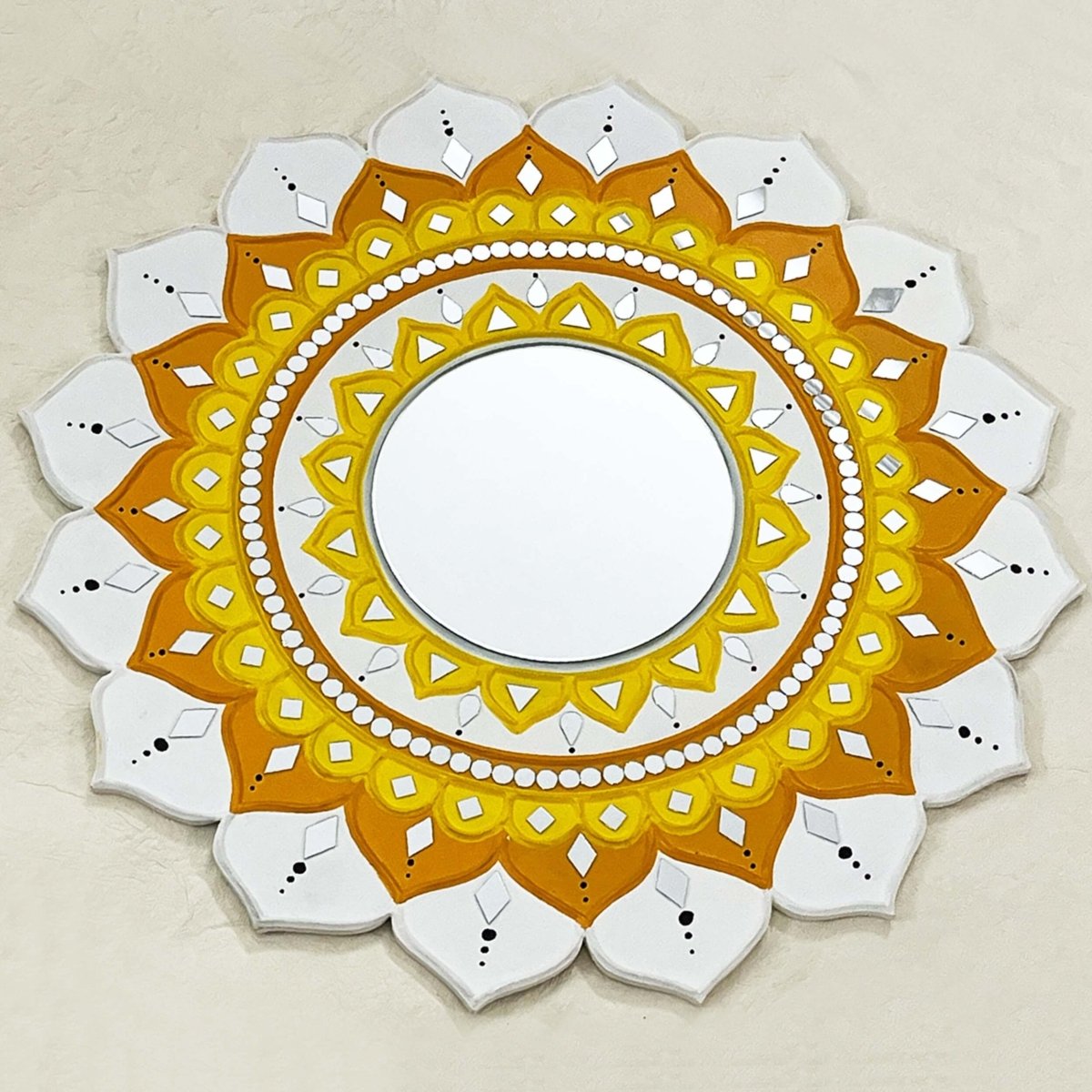Parangipettai: Home To India’s First Iron & Steel Plant
BOOKMARK
More than 70 years before the Tatas founded what is billed as India’s first iron and steel company, in Jamshedpur in present-day Jharkhand, a British civil servant launched the country’s first iron works, exported steel to Britain, then returned to England and patented a process he had invented. He was Josiah Marshall Heath (1795-1851), an enterprising bureaucrat who made history in a port town on the coast of the then Madras Presidency, now Tamil Nadu.
There is no trace of Heath’s factory today but it’s been about 150 years since the smokestacks at the Porto Novo Iron Works (The town had been named ‘Porto Novo’ or ‘New Port’ by the Portuguese) stopped working, in the town of Parangipettai, 200 km south of Chennai.
Health was a man of many talents. He was an ornithologist, a metallurgist, a businessman, and it was pure gumption that prompted him to launch an iron and steel factory in India. While posted as a civil servant in the Nilgiris district in the early 19th century, Heath had been following the developments in techniques to produce cast steel, through the works of European scientists. This encouraged him to consider steel production in the Madras Presidency.
Heath resigned from his post in 1829 and teamed up with a friend, Thomas Munro, the then Madras Governor, to build an iron and steel factory in the southern Presidency. As a metallurgist, he was well-versed in the industry but he also studied contemporary metallurgical techniques used in India and incorporated them into his steel plant.
– Heath had grand plans for his venture. He wanted to build a factory that would be at par with Europe’s best, and he intended to manufacture and supply steel to England that could compete with Swedish and Russian steel.
With Munro at the helm of the Madras government, Heath was given exclusive rights over the iron ore movement from Salem in north Tamil Nadu and a vast tract of land for his factory. He was also guaranteed substantial loans. His plant would be wood-fired and Health secured the rights to log wood from the forests nearby. To transport the iron ore to the factory, Heath dug a short canal from the Vellar River to the backwaters of the Kollidam River, through which the ore would be carried in small boats.
Backed by the Madras government, the Porto Novo Iron Works was inaugurated in 1830. Its smelting furnaces were capable of yielding 40 tons of pig iron a week; its blast furnaces were 36 feet high; and its hearth was 5 feet high. The blowing machine was driven by bullocks. Much to Heath’s delight, the conversion of iron in these furnaces was rapid and the steel produced was almost at par with that of the Swedes and Russians. It was a dream come true.
The Porto Novo Iron Works was the only large-scale iron and steel factory in India in its time and it fulfilled the iron and steel needs of India and Britain for almost three decades. Sadly, it also encountered many challenges. By the late 1840s, debts started to pile up, forcing Heath to transfer ownership of his factory to the British East India Company. Heath returned to England in 1849 and died two years later.
The Company found it difficult to manage the iron works. Mounting debts, lack of experienced professionals, inadequate machinery and a change in policies due to the transfer of India from the Company to the British Crown in 1858 forced the Porto Novo Iron Works to shut down in the late 1860s.
The vacuum created by its closure would be filled by the Tatas more than 35 years later, when the industrial house opened its first iron and steel plant in Jamshedpur in 1907.
Visit Parangipettai today and it is not more than a regular town in South India but it owns a page in history as the home of India’s iron and steel industry.
Cover Image: Porto Novo Iron & Steel Works, 1848 (Outline Sketch)- Wikimedia Commons
Now, get a chance to engage with leading experts from across the world, enjoy exclusive in-depth content, curated programs on culture, art, heritage and join us on special tours, through our premium service, LHI Circle. Subscribe here.









